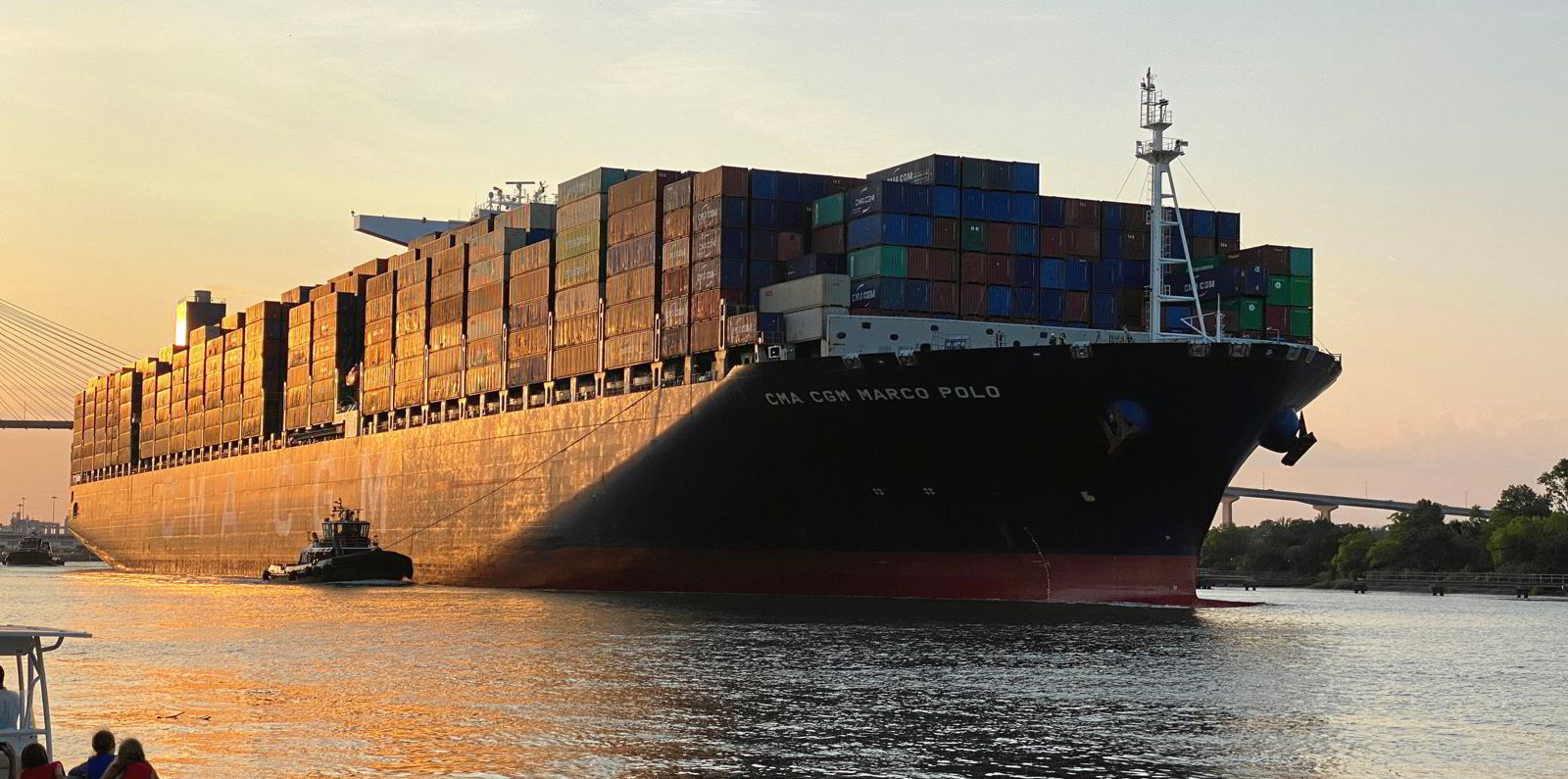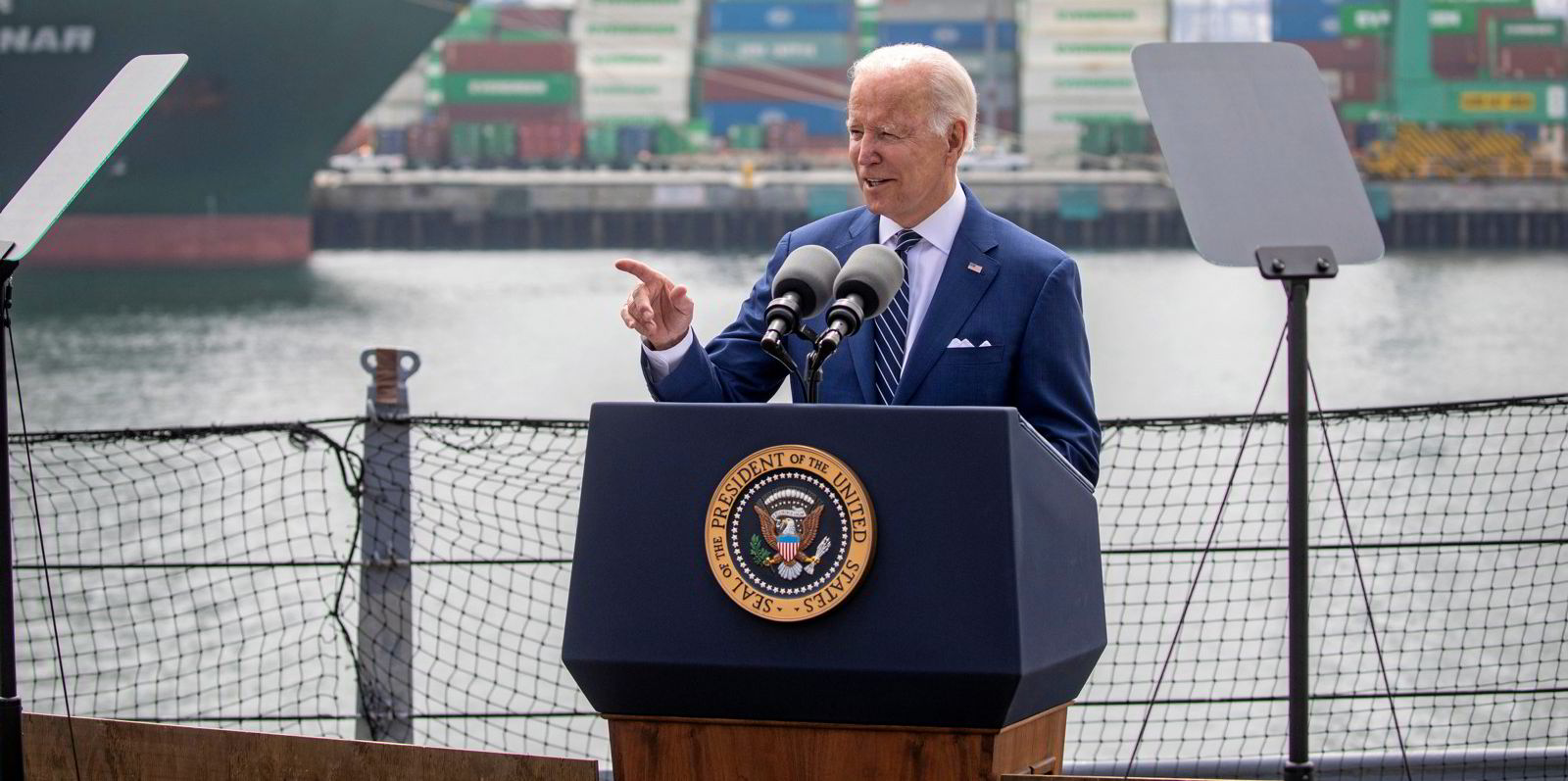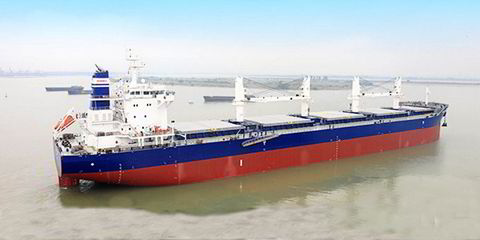The Federal Reserve Bank of New York unveiled new data that showed that supply chain pressures have eased to the lowest level in more than a year.
The latest reading of the Global Supply Chain Pressure Index (GSCPI) emerged just a day after the monetary policymaking body of the Federal Reserve System revealed notes of its June meeting, in which concerns over the supply chain weighed on the outlook for inflation.
The new GSCPI data shows that June saw a continuation of the decline in supply chain pressures seen a month earlier, thanks largely to a major decrease in Chinese delivery times as the Asian nation ratcheted back Covid-19 measures.
The index showed a value of 2.41 for June, down from 2.58 in May and a peak of 4.35 in December. The index, which factors in a variety of data points including shipping information from the Baltic Exchange, is expressed in a deviation from mean supply chain pressures, with positive numbers meaning above-average woes.
“The moves in the GSCPI over the past three months suggest that although global supply chain pressures have been decreasing, they remain at historically high levels,” said the New York Fed.
As TradeWinds reported on Wednesday, the Fed’s Open Markets Committee’s notes for its June gathering showed that the war in Ukraine and concerns over lockdowns in China were key factors in their concerns over supply chain disruptions’ impact on inflation.
In that meeting, inflation concerns led the US central bank to increase interest rates by 0.75 percentage points, and Fed chairman Jerome Powell has said that another hike of between 0.5 and 0.75 percentage points will be under discussion at the committee’s July meeting.
It is not clear whether easing supply chain pressure, or growing fears of a recession, will lead the Fed to moderate its next rate hike.
US central bankers have signalled that they are willing to endure some economic slowdown if it will help ease inflation.
And it is still not clear that the easing of China’s lockdowns will continue to deflate the supply chain pressures rooted there, with Shanghai and Beijing both battling resurgent outbreaks.
Downward momentum for container freight rates, just part of the supply chain picture, is continuing. The FBX Global Container index fell to just over 6,500 points on Thursday.
That is the lowest level for the index, a product of Freightos and the Baltic Exchange, in just over a year and well off the peak of more than 11,000.
Read more
- US container ports have world’s highest demurrage and detention fees, report shows
- Fed minutes show how supply chain woes weighed on inflation outlook
- Time called on container shipping’s bull run, but not the party
- Yangzijiang defies China’s zero-Covid policy to maintain newbuilding deliveries
- ITF’s Cotton predicts industrial unrest as inflation soars





